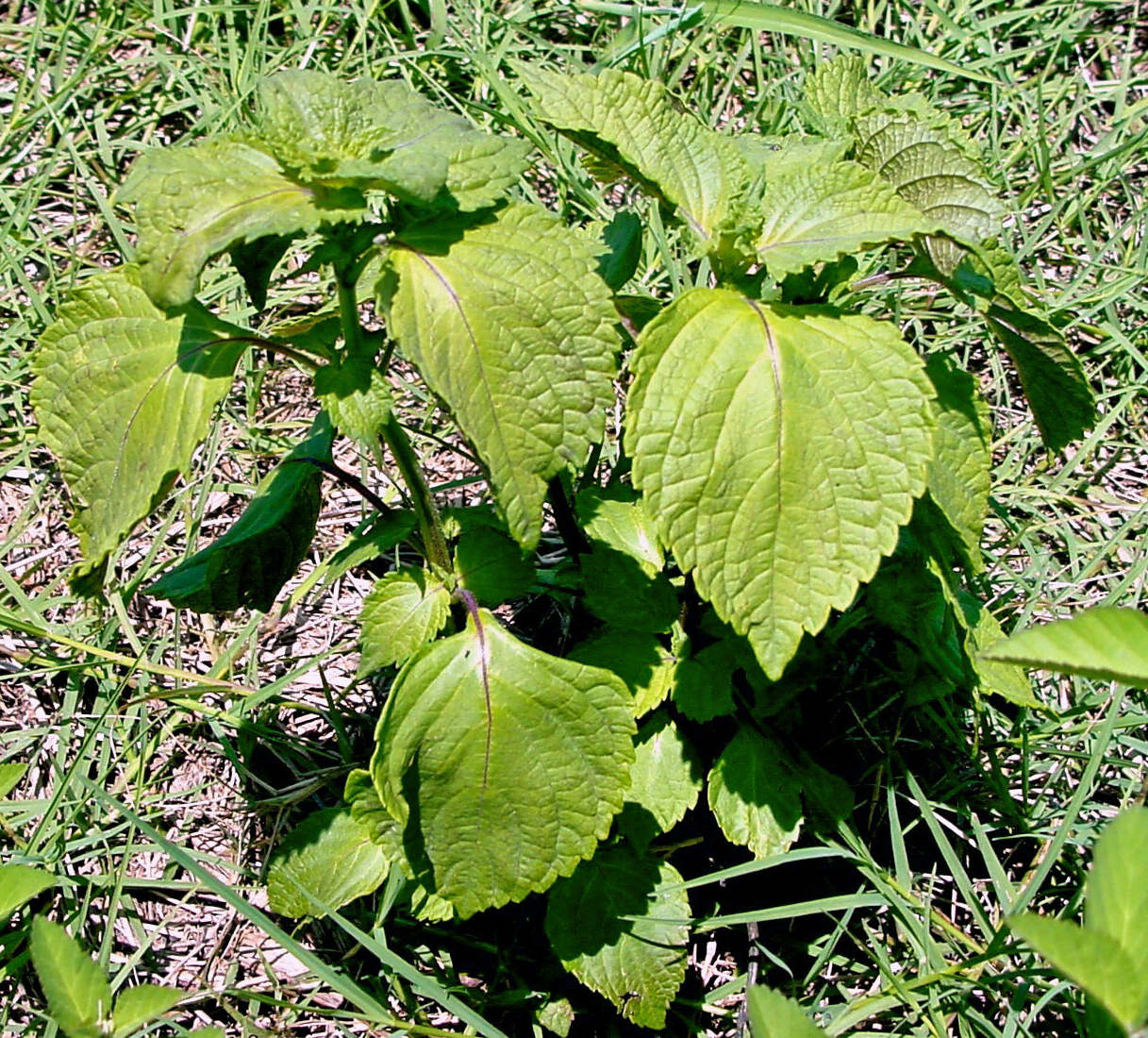
by Kalyn Waters | May 25, 2018
Perilla Mint is a toxic ornamental that has escaped from landscapes in the Southern U.S. and is now an established pasture weed. As a summer annual it grows in shaded areas up to a height of 2 feet tall. It is often identified by its purple shading on the undersides...
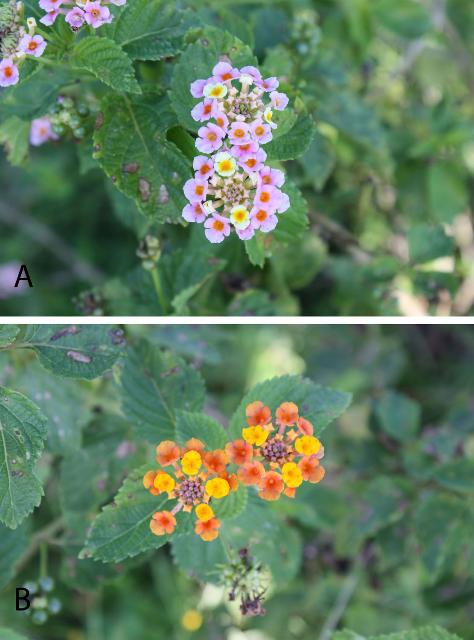
by Kalyn Waters | Apr 13, 2018
First introduced into the southern states as a perennial ornamental, Lantana is easily identified during the growing season by its vibrant multi-colored flowers. Currently, Lantana is listed as one of the top 10 more troublesome weeds in Florida, with...
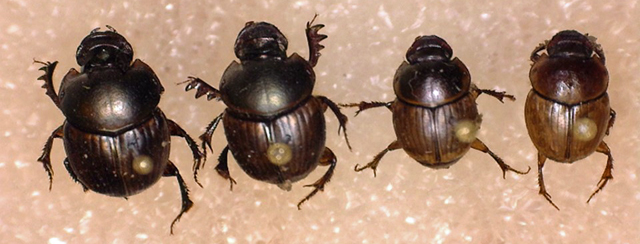
by Xavier Martini | Mar 16, 2018
Authors: Derrick Conover, and Xavier Martini, UF/IFAS North Florida Research and Education Center Throughout the world, dung beetles are important beneficial insects to cattle pasture ecosystems, as they support the processing and removal of livestock waste. With...
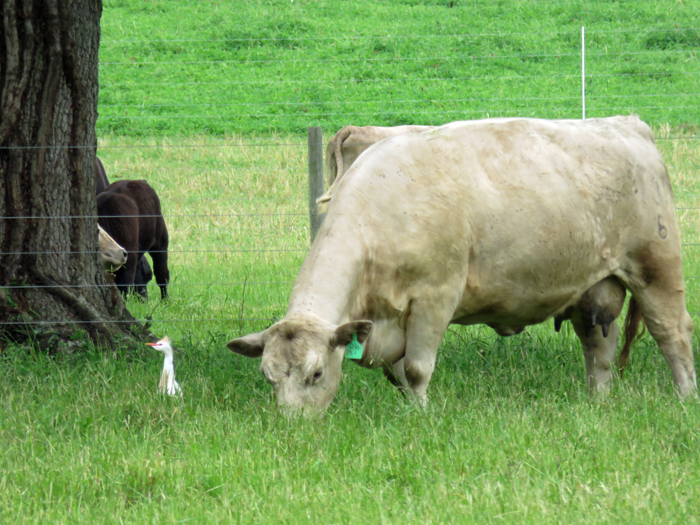
by Marcelo Wallau | Mar 2, 2018
Marcelo Wallau – UF/IFAS Forages Extension Specialist, Caitlin Bainum – UF Agronomy Department MS Student and Marion Co. Agriculture & Natural Resources Extension Agent, and Liliane Severino da Silva – UF Agronomy Department PhD Student It is never too...
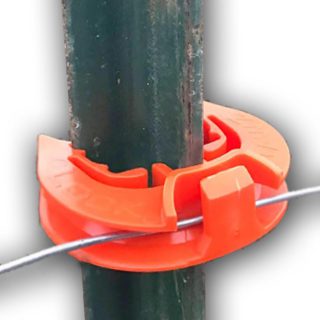
by Doug Mayo | Jan 5, 2018
This week’s featured video was produced by Lock Jawz. This farmer owned company has developed a unique fencing product designed to attach high-tensile, poly-wire, or barbed-wire to metal T-posts that are commonly used for fences in the region. These...

by Doug Mayo | Aug 11, 2017
More than 80% of workers on livestock farms have accidentally stuck themselves with needles used for vaccine and drug administration. Accidental needlestick injuries are usually minor, but can be serious with skin infections, allergic reactions, and deep tissue...







